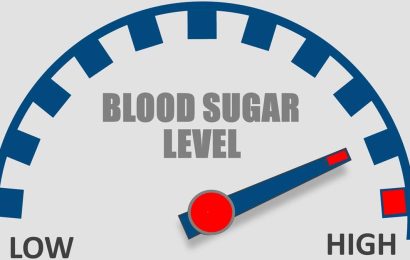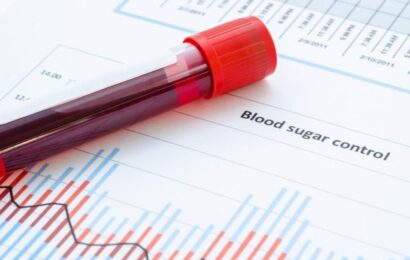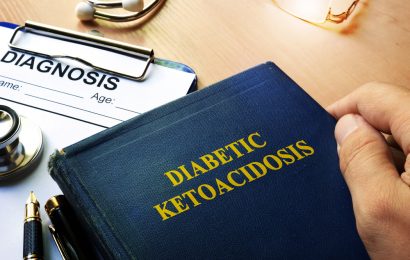Dr. Richard Hellman, past president of the American Association of Clinical Endocrinologists, remembers once seeing a man whose blood glucose level was 2,400 mg/dl. “Basically,” he said, “his blood looked like syrup.”
However, the man was not experiencing diabetic ketoacidosis (DKA). Instead, he had a condition called hyperosmolar hyperglycemic state, or HHS. Like DKA, HHS is characterized by very high blood glucose levels, but unlike in DKA, people with HHS do not generally have ketones in their blood or urine.
Nonetheless, HHS can be deadly. According to the American Diabetes Association (ADA), while DKA has a death rate of less than 5%, that figure can reach around 15% for HHS.
Luckily, HHS is rare. The ADA says the annual rate for DKA ranges from 4.6 to 8 episodes per 1,000 people admitted to the hospital. HHS accounts for less than 1% of hospital admissions related primarily to diabetes.
HHS is most common in elderly people with new-onset Type 2 diabetes, particularly those who live in nursing homes, or in older people who have been diagnosed with Type 2 diabetes but who are unaware that their blood glucose is high or who haven’t had enough fluid intake. Compounding the problem is that the thirst mechanism can be impaired in older people, and they’re more apt to have kidney problems, Dr. Hellman says. When a person’s thirst mechanism is impaired, the kidneys — which normally work to remove excess glucose from the blood — begin to conserve water. That leads to a higher glucose concentration in the bloodstream.
In many people, HHS begins with an infection, such as a urinary tract infection or pneumonia. Unlike DKA, which develops relatively quickly, HHS develops over several days, or even weeks.
“Diagnosis is sometimes a problem,” Dr. Hellman says. “People with HHS look like they’re suffering a stroke and may be vomiting. They have mental alterations that may look like a stroke or dementia.”
The ADA says HHS can be prevented if nursing home staff and family members are vigilant about preventing dehydration in those who are unable to recognize or treat the condition themselves. Treatment of HHS generally involves using insulin to bring high blood glucose levels down.
Symptoms of HHS include the following:
- Dehydration
- Excessive thirst
- Low blood pressure
- High blood glucose level
- Hallucinations
- Sensory deficits, or impairment of one of the five senses, such as partial or total loss of hearing or vision, loss of sensation in some part of the body, or a loss of sense of balance
- Rapid eye movements
- Paralysis on one side of the body
- Seizures
- A partial or total loss of the ability to comprehend spoken or written language and express ideas




